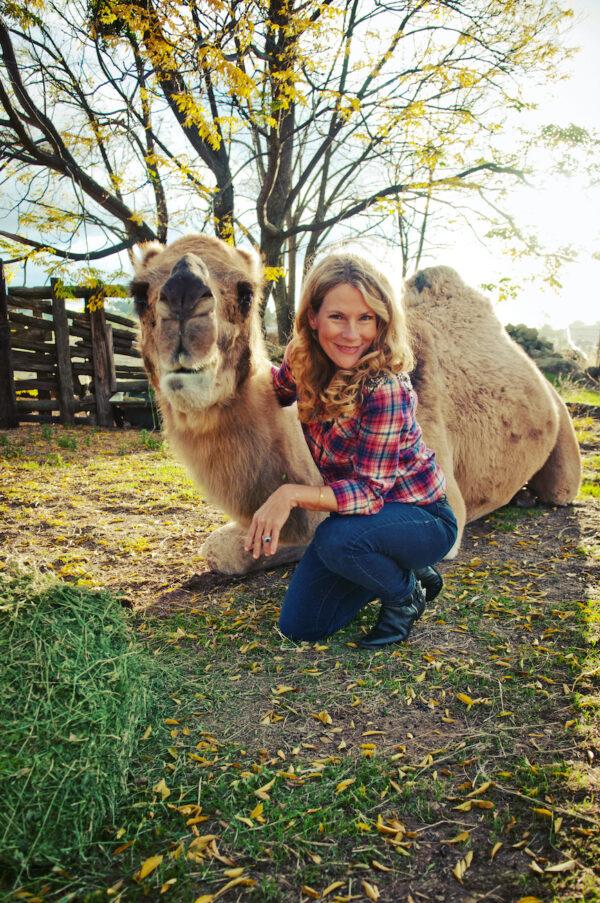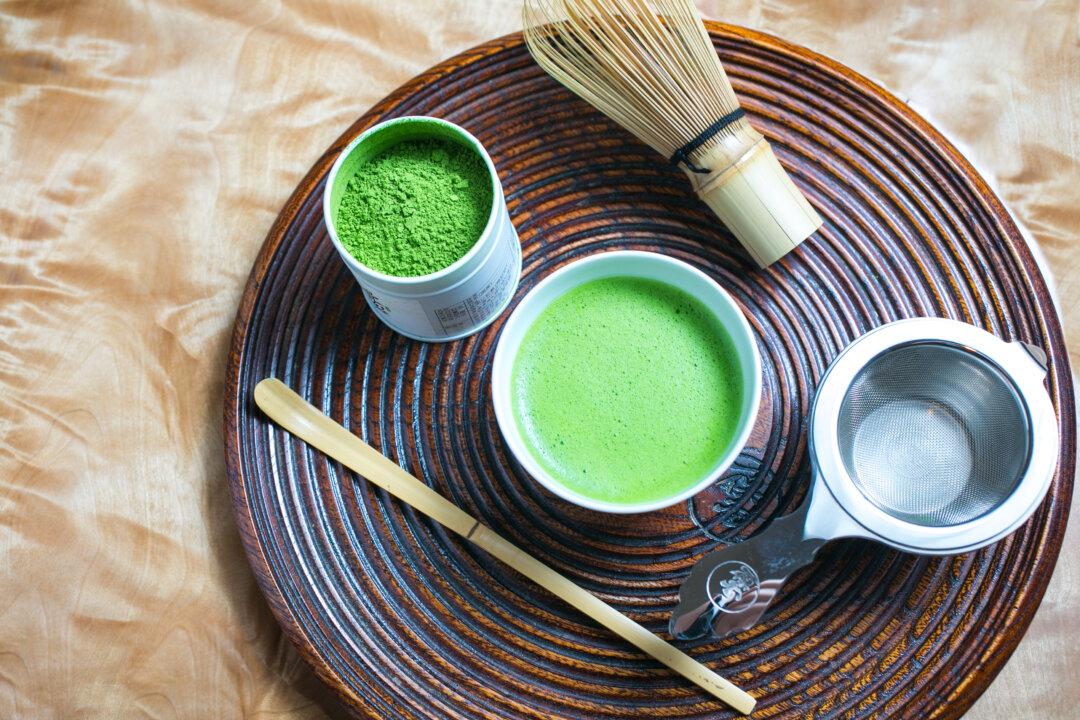Maybe you’re already an adventurous eater. Or maybe you’re like Blue Shirt Guy at the beginning of Shawn Levy’s new movie “Free Guy” and always order the same thing when you go out to eat, thank you very much. Either way, trying foods you’ve never had before will add a little spice to your life. Here are five interesting and unusual foods that are as pleasing to the palate as they are to your health.
Camel Milk
In 2016, camel milk made headlines when then 65-year-old Ariana Huffington, founder of Huffington Post, told a British journalist that she loved adding it to her morning cappuccino. Easier to digest than cow’s milk and less likely to spike your blood sugar, which makes it a great choice for diabetics, camel milk is still a strange concept to most people living outside Africa and the Middle East.
Christina Adams, author of Camel Crazy and camel milk expert, befriends a camel at Oasis Camel Dairy, California, United States. Photo credit: Kristie Parker, photo courtesy of Christina Adams






